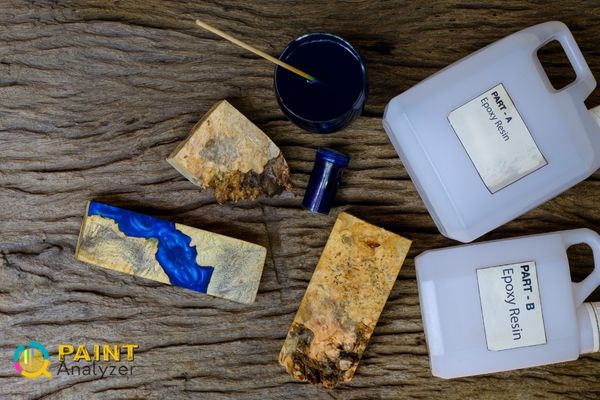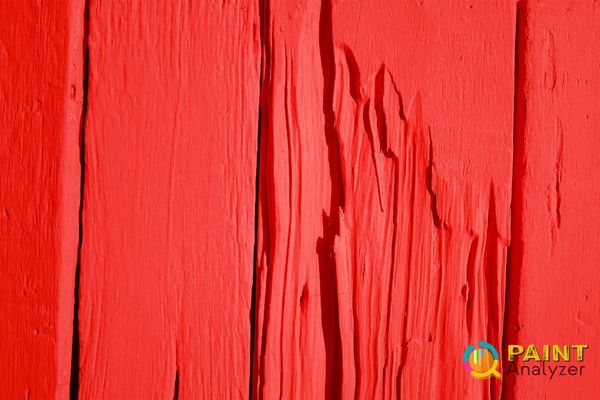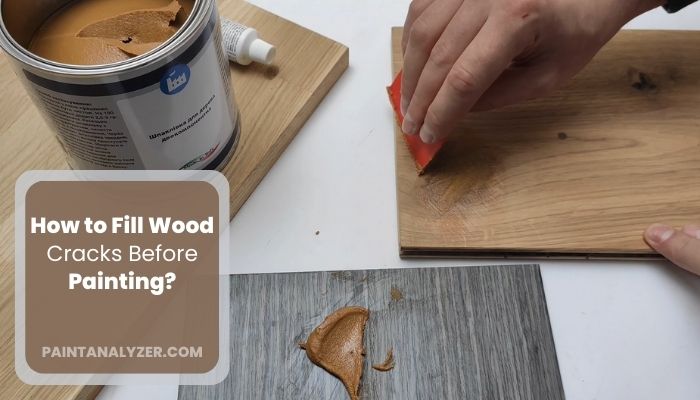Wood cracks are unsightly and can ruin the look of your paint job. If you’re planning to paint a piece of wood furniture, it’s important to fill in any cracks or crevices first.
This will create a smooth surface and help the paint adhere better. By taking the time to properly fill cracks, you can ensure a professional-looking finish. Here’s a quick and easy guide on how to fill cracks in wood before painting:
Wood filler is the perfect material for filling in cracks. Start by sanding down the area around the crack. Then apply the wood filler with a putty knife, taking care to smooth it into the crack. It’s easy to apply and dries quickly. Once the filler is dry, sand it down until it’s flush with the rest of the surface. Finally, wipe away any dust and debris before painting.
How to Fill Cracks in Wood With Sawdust?
While cracks in wood may not seem like a big deal, they can actually lead to further damage if left untreated. These cracks can be caused by age, humidity, or temperature changes.
One way to fill cracks in wood is to use sawdust. Sawdust can be used to fill small cracks and can also help to prevent further cracking. Here’s how to fill in cracks in wood with sawdust:

Clean the cracks
You will need sawdust, glue, and a putty knife. clean out the cracks with a vacuum cleaner or a brush to remove any dirt or debris.
Mix sawdust
Put some sawdust into a bowl and add water, stirring until you form a paste-like consistency.
Fill the cracks
Once you have the right consistency, use the putty knife to fill the cracks. Make sure to fill the cracks completely and smooth out the surface.
Let it dry
Let the sawdust dry completely before walking or placing any furniture in the area. This can take a few hours or even overnight. Once the glue is dry, your cracks should be filled and you will barely notice the crack in the wood
How to Fill Cracks in Wood With Epoxy?
If you have cracks in your wood surfaces that you would like to fill and repair, epoxy is a great option. Epoxy is a type of resin that comes in two parts: the base and the curing agent.

When mixed together, these two parts create a hard, durable plastic that can be used to fill cracks and holes in wood. To use epoxy to fill cracks in wood, simply mix together equal parts of the base and curing agent. Then, using a putty knife or other flat object, spread the epoxy into the crack.
Be sure to overfill the crack slightly so that when the epoxy dries, it will be level with the surface of the wood. Allow the epoxy to dry for at least 24 hours before sanding it down so that it is flush with the rest of the wood surface.
Can You Fill Cracks In Wood With Paint?
This is a common question among homeowners who are looking to improve the appearance of their homes.
Unfortunately, the answer is usually no. While paint may be able to cover up some cracks, it will not actually fill them in or improve the structural integrity of the wood. If you have cracks in your wood, you may want to consider other repair options such as wood filler.
Can Cracked Wood Be Painted Over?
If your wood has cracks, you may be wondering if you can simply paint over them. The short answer is no, you can’t paint over cracked wood. It is better to repair your cracked wood before applying paint over it. Here are some reasons why you shouldn’t paint over cracked wood:
When you paint over cracked wood it will still remain visible. You may be able to minimize their appearance by using thicker paint or a darker color, but the cracks will always stay visible to some extent.

In addition, the cracks may continue to grow over time. This is especially true if the wood is exposed to moisture or extreme temperatures. As the cracks grow, they will eventually start to show through the paint, so you’ll need to repaint more often to keep them hidden.
What Happens If Cracked Wood Is Painted Over?
Painting cracked wood can actually make the problem worse. You may end up spending more than what it would’ve cost to remove the cracks as painting cracked wood will likely inflict more damage in near future.
Cracks in paint can be caused by a number of things, such as a bad painting job, moisture, or even just age. By painting over the cracks, you’re essentially just covering up the problem instead of addressing it. This can cause the cracks to become worse over time, and can eventually lead to peeling paint.
So, what’s the best way to deal with cracked paint? The best course of action is to remove the cracked paint and start from scratch. This may seem like a lot of work, but it’s actually the best way to ensure your wood looks professional, smooth, and free from cracks.
Are the Techniques for Sealing MDF Material Before Painting Similar to Filling Cracks in Wood?
Yes, the techniques for sealing MDF before painting and filling cracks in wood are similar. Both processes involve using a filler or sealer to prepare the surface for painting. However, it’s important to use specific products designed for MDF to ensure proper adhesion and a smooth finish.
Can Caulk Be Used in Place of Wood Filler?
Although caulk can be used as a wood filler in some cases, it is not the best option overall. Caulk is not as durable as wood filler and it is also more difficult to sand.
Caulk and wood filler serve two different purposes. Caulk is used to seal small gaps and cracks, while wood filler is used to fill large holes and cracks in wood surfaces. Caulk can be used in place of wood filler in some situations but it is not a perfect substitute. Caulk does not have the same consistency as wood filler, so it may not adhere as well to the surface. In addition, caulk shrinks as it dries, so it is not ideal for filling large holes. For these reasons, it is best to use wood filler whenever possible.
Filling Holes and Cracks-Woodworking
Conclusion
In conclusion, it seems pretty logical that if you have large cracks, you will want to fill those cracks first before painting.
Painting over those cracks will only worsen them. Filling them out first will help prevent damages from occurring in the future. The best way to fill cracks in wood before painting is to apply wood filler into the crevices and then sand off the excess with a sanding block.
Once all the excess filler is removed, the wood filler is allowed to dry. And then the paint can go right over to those cracks and you won’t be able to see those cracks through the paint.

